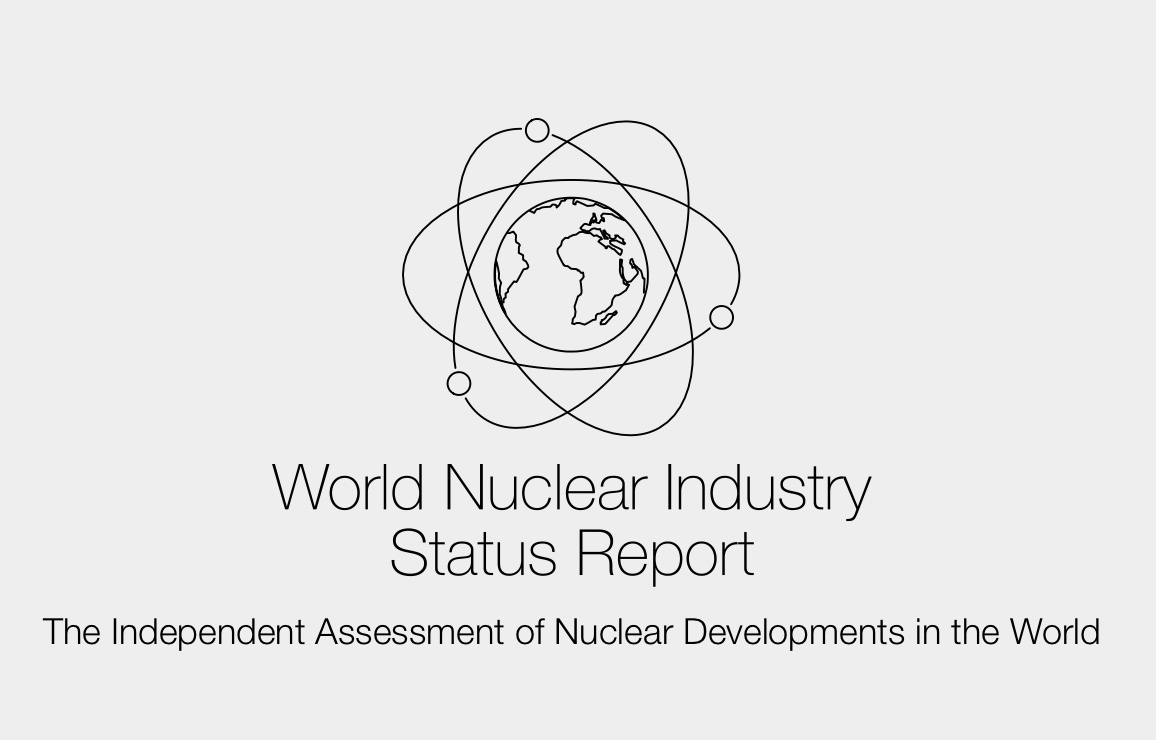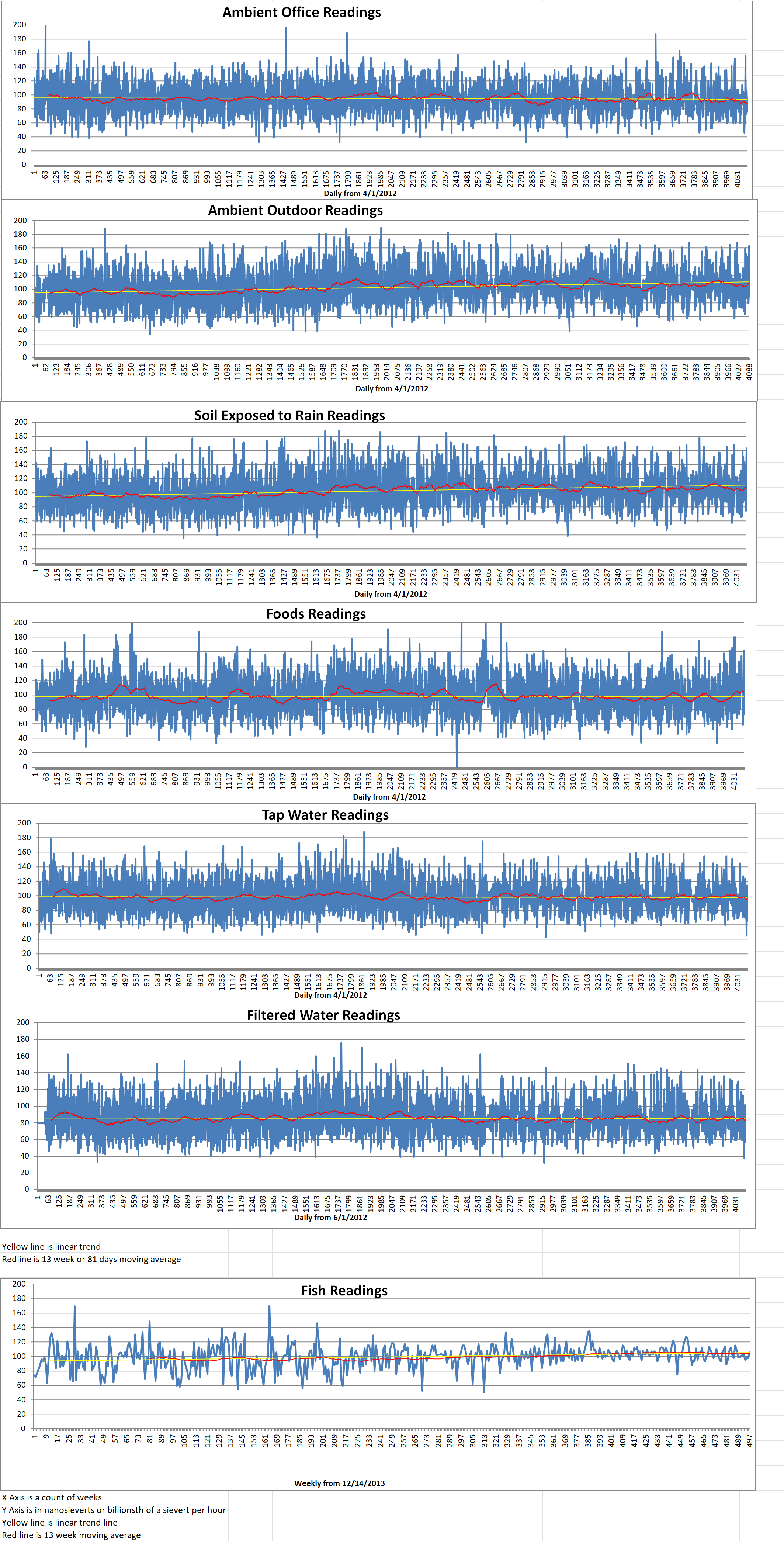Jacobs Solutions Inc. has just been selected to assist a French start-up company, Nuclear Abundant Affordable Resourceful Energy for All (NAAREA), in the development of a new nuclear power reactor.
NAAREA’s XAMR ® is an innovative microreactor designed to produce heat and electricity by burning plutonium and the most highly radiotoxic waste produced by the traditional nuclear sector.
Jacobs will offer support for nuclear safety along with various engineering disciplines. These include control and instrumentation, mechanical and process. Within the three-year framework of work, the companies will collaborate to focus on delivering safe, clean and sustainable nuclear energy. This will promote energy security and global sustainability. The development of NAAREA’s power reactor is being funded by the French 2030 investment plan. This is a strategic initiative by the French government.
Following the announcement of the new award, shares of this provider of professional, technical and construction services gained three tenths of a percent during the trading hours on December 13th.
Jacobs’ efficient project execution has increased demand for its consulting services in various industries. These include infrastructure, water, environment, space, broadband, cybersecurity, and life sciences. This is attributed to the growth of its backlog.
At fiscal 2023 end, Jacobs reported a backlog of twenty-nine billion dollars. This is an increase of four and a half percent year-over-year. This reflects persistent strong demand for Jacobs’ consulting services. The company should benefit from strong global trends in infrastructure modernization, energy transition, national security and a potential super-cycle in global supply-chain investments.
Shares of Jacobs have increased eleven percent in the past six months compared with the Zacks Technology Services industry’s thirteen and a half percent growth. Shares of Jacobs have underperformed its industry. However, its consistent contract wins on the back of efficient project execution are likely to boost its growth prospects. Jacobs currently carries a Zacks Rank of #4.
Here are some better-ranked stocks from the Zacks Business Services sector.
Duolingo, Inc. (DUOL) sports a Zacks Rank of #1. It has a trailing four-quarter earnings of one hundred and fourteen percent. The stock has increased by two hundred and eighteen percent in the last year. The Zacks Consensus Estimate for Durolingo’s 2023 sales and earnings per share suggests an increase of forty three percent and one hundred and seventeen percent respectively from the year-ago period’s levels.
TriNet Group, Inc. currently has a Zacks Rank of #1. It has a trailing four-quarter earnings of seventy seven percent on average. The stock has risen eighty-five percent in the last year.
The Zacks Consensus Estimate for TriNet’s 2023 sales indicates a decline of three percent but the EPS suggested an increase of four percent, respectively, from the year-ago period’s levels.
FirstCash Holdings, Inc. currently has a Zacks Rating of #1. It has a trailing four-quarter earnings of eight percent on average. The stock price has risen thirty-two percent in the last years.
Zacks Consensus Estimate for FirstCash’s 2023 sales and EPS indicated a sixteen percent and a thirteen percent increase from the year-ago period’s levels.





